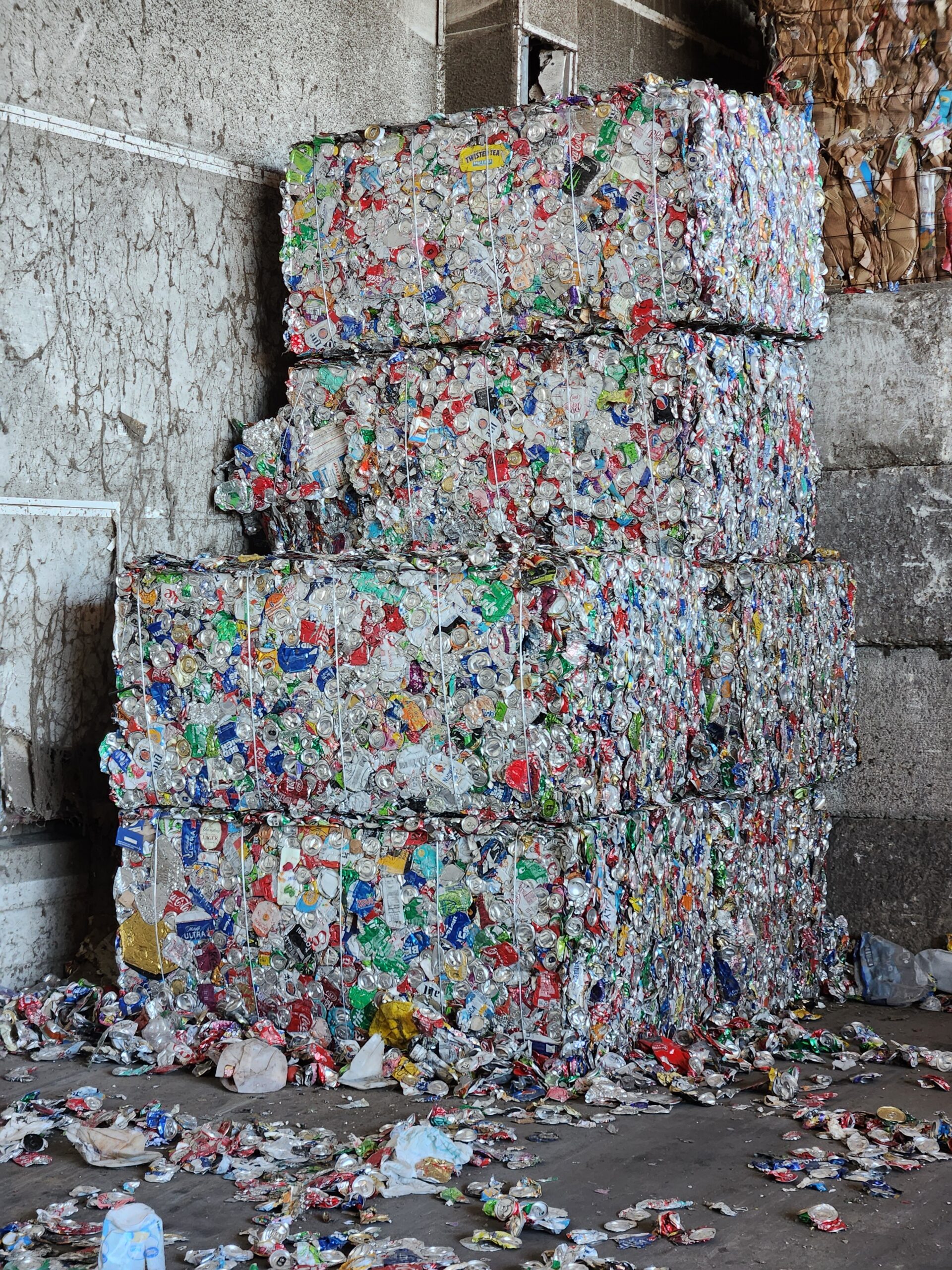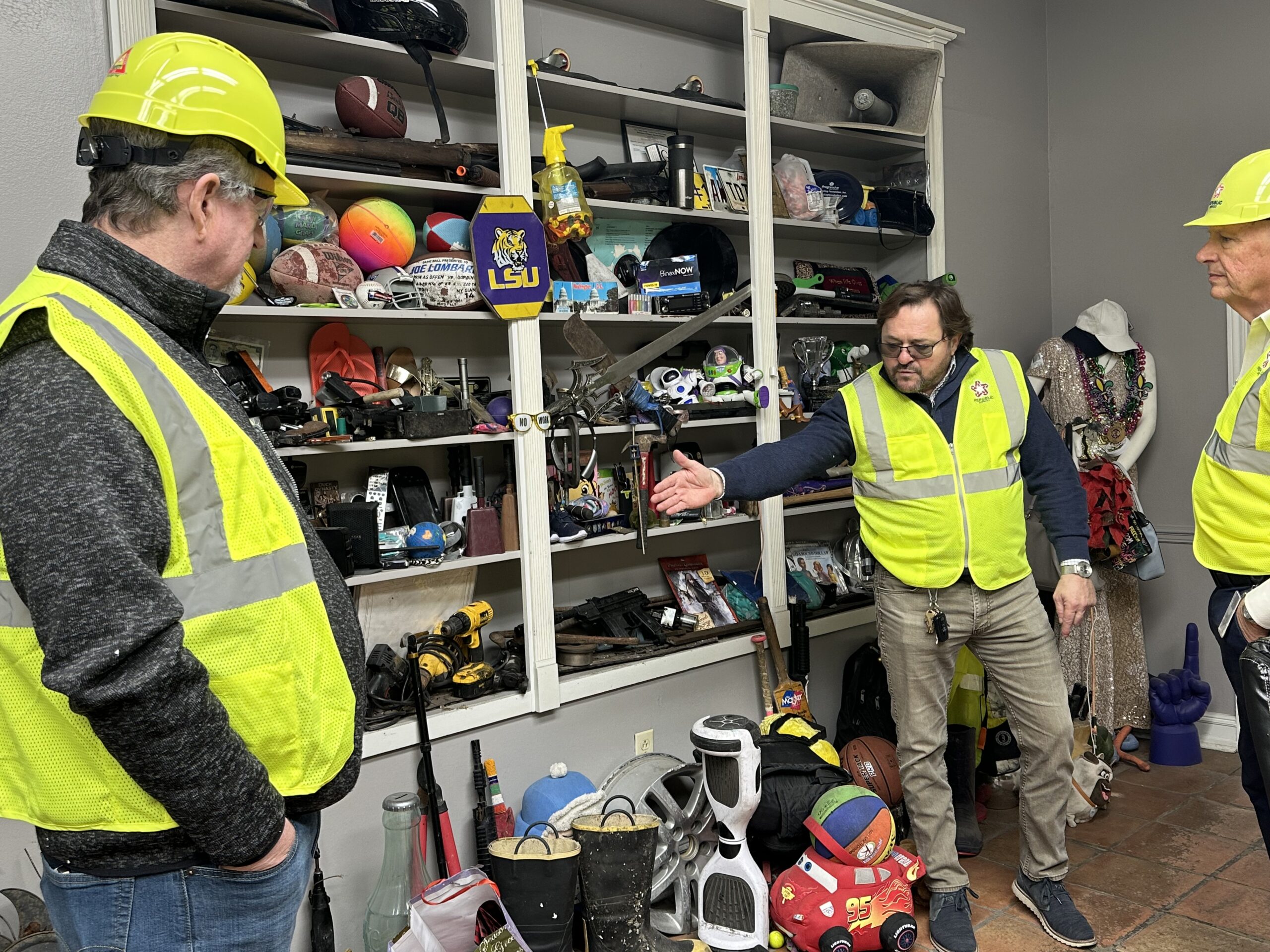Posted on Feb 16, 2024 | Blog,News
Keep Louisiana Beautiful Visits Republic’s Recycling MRF
Ever wonder where your recycling goes after it leaves the curb? Keep Louisiana Beautiful staff and board members took a field trip to Republic Services’ Materials Recovery Facility (MRF) in Baton Rouge to see and learn about the recycling process. On the tour, Republic’s MRF Operations Manager, Andres Harris, explained what happens to the materials that arrive in recycling trucks each day.
- First, when a recycling truck arrives, the load is assessed for contamination. Contamination occurs when a recycling cart includes trash (non-recyclables), the materials are soiled with food and/or liquids, and/or the materials are bagged. A load is considered contaminated if 30% of the items are not recyclable and/or some items are not properly cleaned. If a load is deemed contaminated, it is rejected and landfilled. Approximately 20% of all items received at the MRF are landfilled due to contamination or being non-recyclable.
- Next, the recyclable materials are loaded on a conveyor belt to be sorted by both machines and employees. Republic uses a single-stream process, meaning all the recyclables are comingled when they arrive at the MRF. Any non-recyclable or contaminated materials are separated for transport to the landfill. Hazards materials are also separated, including batteries, propane tanks, and other flammable items.
- Then, items are sorted into categories: aluminum cans, plastics, papers, cardboard, etc. Most communities collect #1, #2, and #5 plastics. At the MRF, residential glass is accepted, but it is not accepted from commercial or industrial settings. The glass collected is crushed and then repurposed at the landfill as a working face cover. It is also used to maintain the roads at the landfill.
- Republic’s machinery then prepares the recyclables for transport to various mills. We learned that one compacted bale of aluminum includes approximately 44,000 cans. According to Andres, 50% of items from the MRF are shipped to manufacturing facilities out of state. Local facilities include Pratt Industries in Shreveport and Hood Container in St. Francisville. Eventually, the products are made into new items and the recycling loop is closed.
After watching the Republic employees and machinery in action, we went to Andres’ office, where he showed us a multitude of items that had been “wishcycled.” These items ranged from a department store manikin to baseball bats. Andres explained that we must educate people on what can and cannot be recycled, so we can be more effective in reducing the amount of waste that goes into landfills.
How to Avoid Contamination
These are items that should not go in your recycling bin: plastic bags, Styrofoam, food waste, batteries, coffee cups, clothing, shoes, tools, children’s toys, wood, fishing hooks, soiled or wet paper and cardboard, bottles with liquid, and needles. When you put these items in your bin, they will contaminate the haul. They can also be hazardous to MRF workers.
Steps to Successful Recycling:
- Know What to Throw: Cardboard, paper, metal cans, plastic bottles and jugs.
- Empty. Clean. Dry. Keep all recyclables free of food and liquid.
- Don’t bag it. Bagged items will go to the landfill.
Recycling Access
Recycling varies from community to community, so it’s important to check with your local recycling services on what’s available to you. According to the Recycling Partnership’s 2022 report on the state of Louisiana’s residential recycling access and infrastructure, the state has 23 curbside programs, 21 staff drop-off programs, and six unstaffed drop-off programs. Information about recycling resources by city and parish can be found on the Department of Environmental Quality website.
Unfortunately, recycling is not available in all communities. Until access is improved, it’s important to be a mindful consumer and reduce and reuse when possible. What does this mean? Reducing means cutting back on the amount of trash you generate. For instance, instead of purchasing single-use plastics, use reusable water bottles and grocery bags. You can also opt to buy items with little to no packaging. Reusing means turning something old into something new. An example would be using an old milk jug or container as a planter.
Resources on Recycling
- Republic Services: Recycling Simplified
- Louisiana Recycling Coalition
- Recycling Partnership: Comprehensive Report on the State of Louisiana Residential Recycling Access and Infrastructure
- Department of Environmental Quality
- Keep Louisiana Beautiful Healthy Communities Grant (funds recycling programs)




